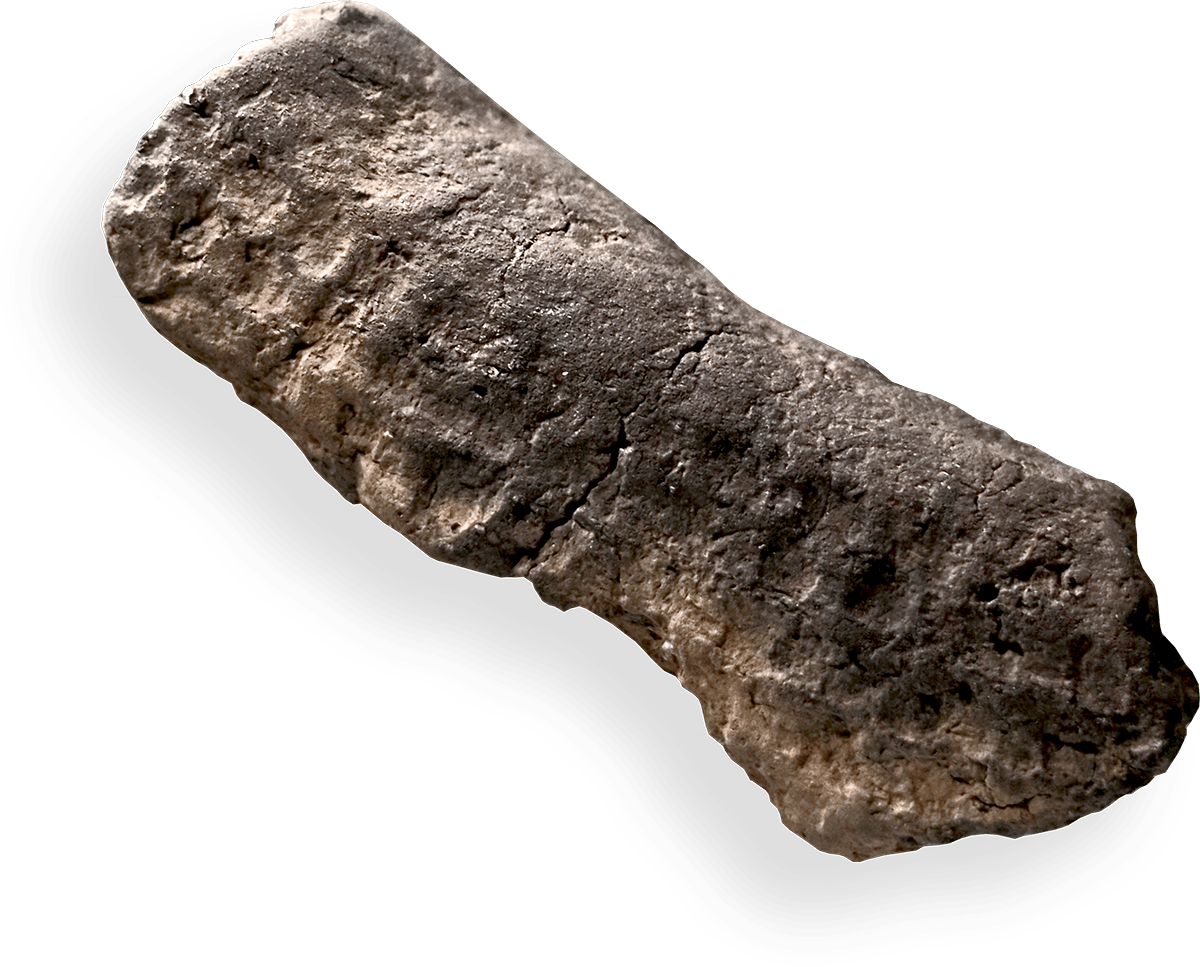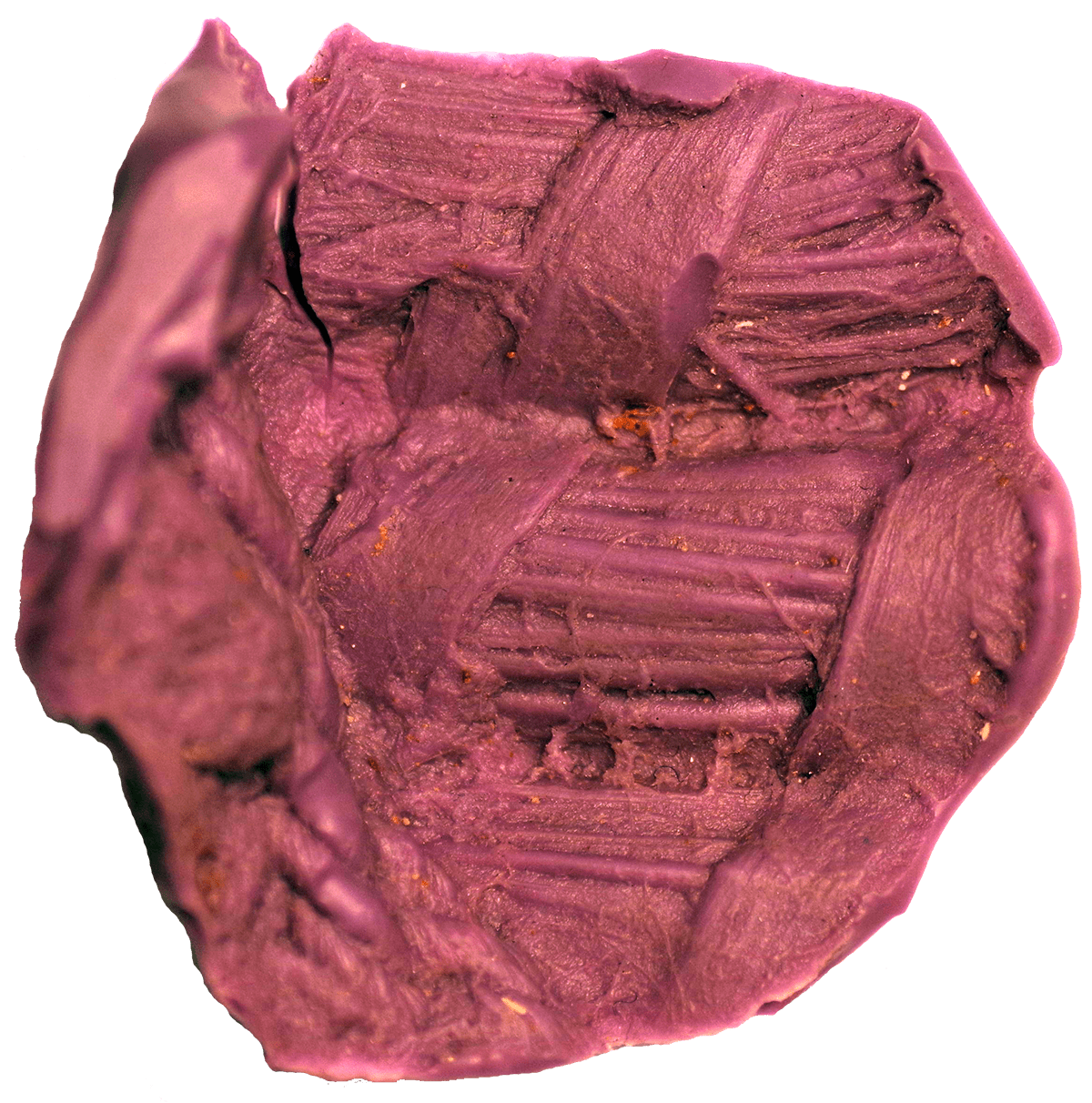ExplorTIC

Exploring Textile Imprints on Clay from the 3rd and the 2nd Millennia BCE: Advancing Cutting-Edge Research and Documentation Protocols with Case Studies of Diverse Textile Consumption Contexts
This project is funded by the SONATA BIS 13 grant scheme of the National Science Centre Poland (project ID: UMO-2023/50/E/HS3/00094), conducted at the Faculty of Archaeology, University of Warsaw (2024–2027)

The project ExplorTIC
aims to develop comprehensive research and documentation protocols for textile imprints on clay, using digital tools, an online repository, and a dedicated database. The project is based on a newly compiled dataset of over 2,000 textile imprints.
The primary source material comes from two case studies:
1) Textile imprints on pottery from North-Central Europe, particularly from Poland, dated from the Neolithic to the Early Iron Age;
2) Bronze Age textile imprints from Aegean clay sealings, stored in the Corpus der minoischen und mykenischen Siegel (CMS) Archive in Heidelberg.
These case studies reflect the research team’s expertise and allow for the investigation of a wide range of products and textile consumption contexts. The broad chronological scope—spanning over two millennia—enables diachronic and cross-regional comparisons of textile-making technologies.

Research objectives:
- To uncover the diversity of textile use and consumption contexts evidenced by textile imprints on clay. These include:
- Decorative applications on pottery;
- Cross-craft use of textiles in pottery-making and metallurgy (Case Study 1);
- Applications in storage and sealing practices (Case Study 2);
- Textile recycling patterns (both Case Studies).
2. To trace potential individuals linked to specific products and practices as documented by clay sealings—e.g., repeated
use of the same cords or seals, and distinctive textile handling techniques such as binding or knotting (Case Study 2).
3. To identify local and regional longue durée developments in textile technologies and the exploitation of natural
resources (both Case Studies).

Methodological objectives:
- To evaluate and combine digital documentation and analytical techniques—including Reflectance Transformation Imaging (RTI), 3D photogrammetry, 3D scanning, and Scanning Electron Microscopy (SEM)—and develop a comprehensive documentation protocol. This includes the creation of a standardised vocabulary and a technical analysis manual.
- To define distinguishing features of raw materials and textile production techniques through experimental archaeology. The project will establish best practices to address the main challenges in the analysis of textile imprints on clay, including:
- Their fragility and high three-dimensionality;
- Deformations caused by pressure;
- Difficulties in identifying raw materials and techniques of production.
Experimental research and reference collection
The project includes experimental replication to produce:
- 15+ samples of imprints made using various textile raw materials
- 15+ samples of imprints made using various textile techniques
These will be published in an online reference collection, accompanied by 3D printable models, supporting both research and educational applications.